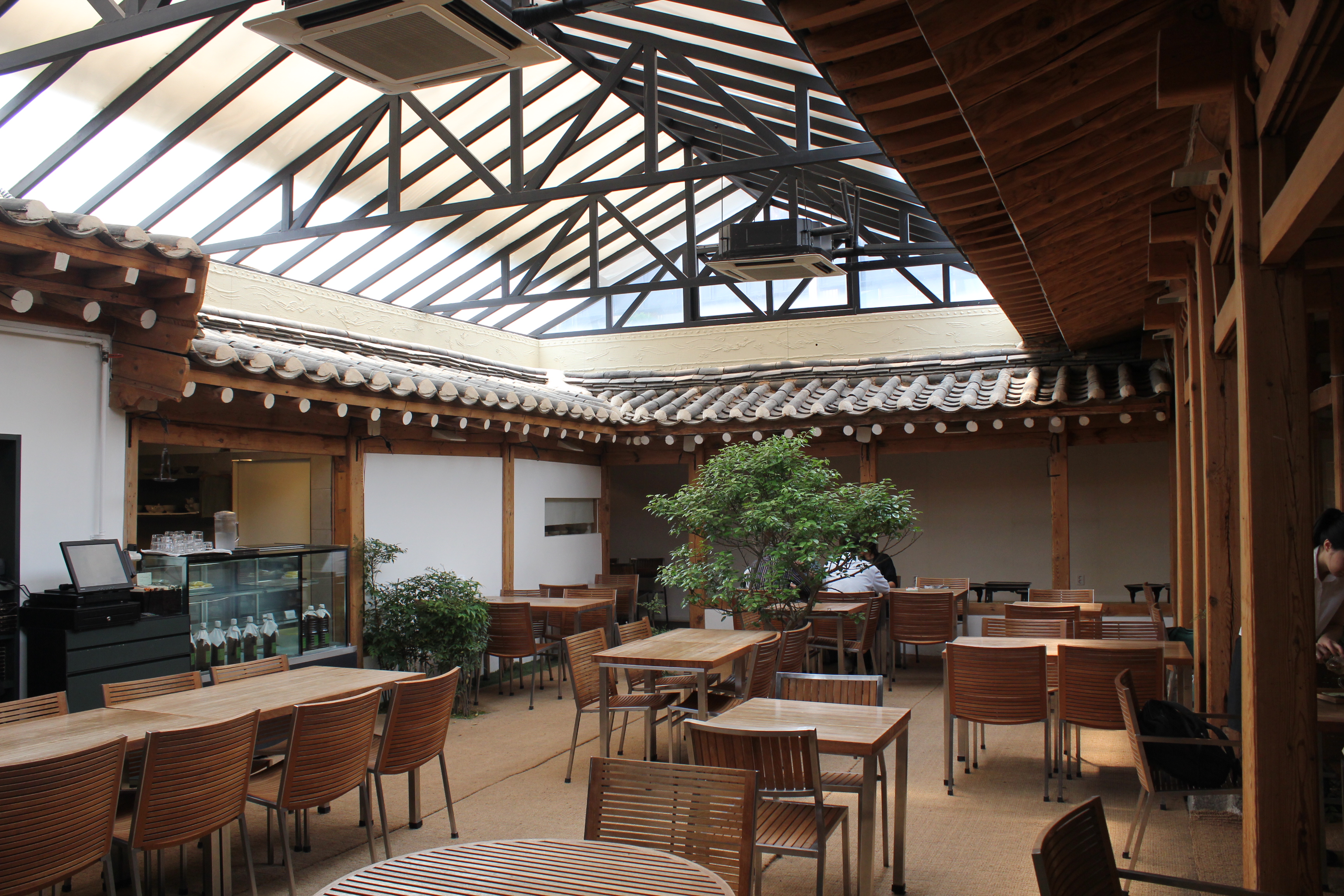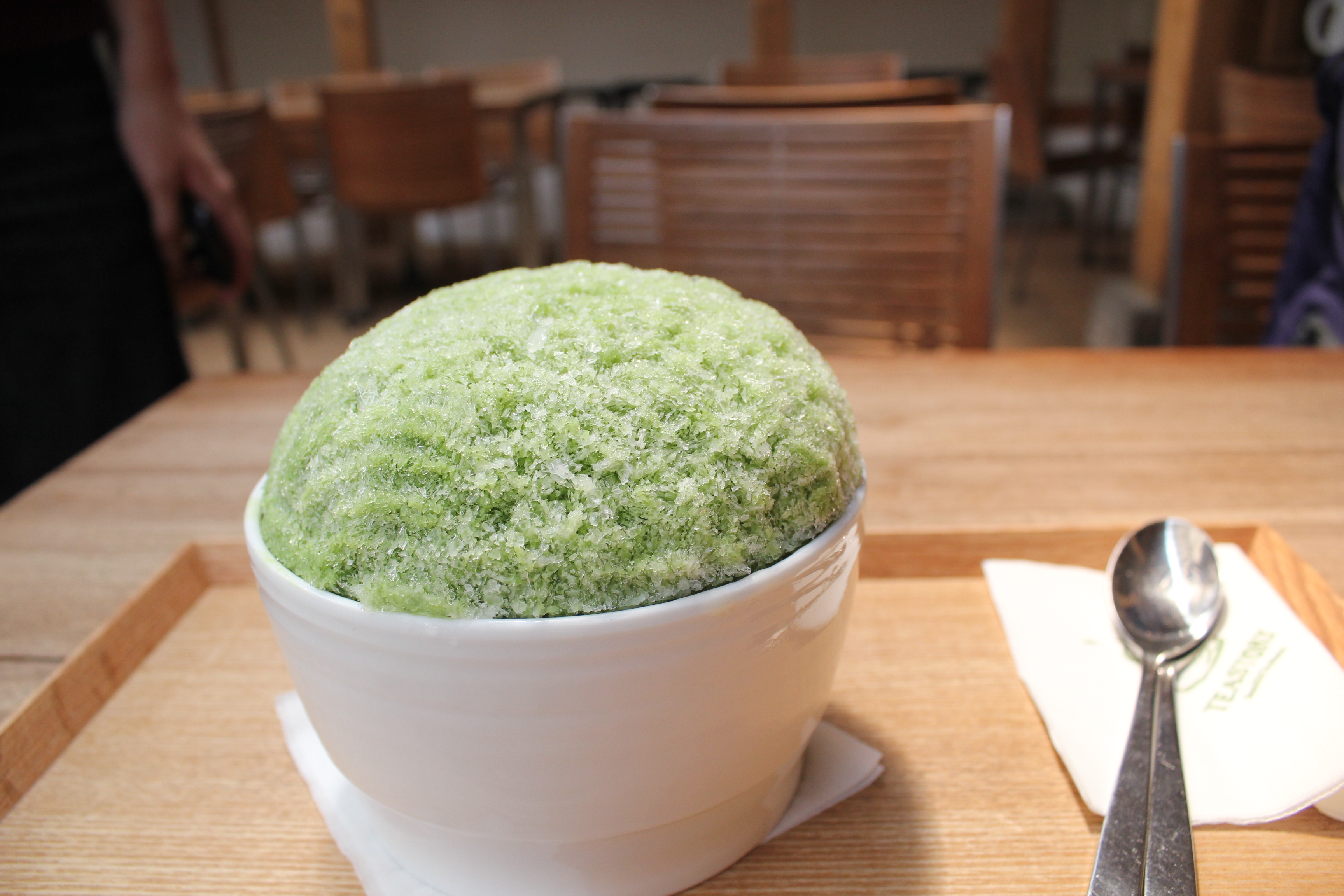
The origin of tea and Korean tea culture
One person that can’t be missing from any tea history is Yeomje Shen Nung, who was a legendary Chinese emperor. He chewed hundreds of leaves to know the effect of leaves and grasses.
One day, he chewed a poisonous herb and was poisoned. To detoxify his body and enhance his immune function, he chewed tea leaves by way of trial and surprisingly it was effective. After that Shen Nung realized the effect of tea leaves and drank the tea. The story that humans began drinking tea as a medicine after Shen Nung`s realization has been handed down through the generations.
The Heritage of the Three States says Koreans used to drink flower tea not leaf tea, which is considered as a traditional tea nowadays. Our ancestors called leaves or medicinal herbs soaked in hot water as well as drinks with flower petals teas. All kinds of plants which make people feel the change of the four seasons have been used to make tea.
At present, tea leaves are produced in areas south of Gyeongsang-do and south of Jeolla-do. Temples or households produce tea leaves on a small scale, but large scale tea gardens are producing the most.
The history of tea cups
It seems that our ancestors had been drinking before the Gaya period according to the remains of the Gaya period, which are being excavated these days. Lee Bongsuk from Iseon Tea Ceremoney Association said, "Korea has developed tea sets which were made of earthenware from early on. Once hot tea is put in an earthenware cup, it doesn't get cold rapidly, and if a cold one is put in an earthenware cup, it doesn't get warm easily. For these advantages, earthenware has been used continuously, and the technology has been developed. Earthenware from the Gaya period is especially various, beautiful and useful, so compared to Silla's, Gaya’s beverage culture was expected to be more advanced. The development of beverages such as tea was possible only in the places which were culturally advanced. Therefore, Gaya’s earthenware cup culture shows a high level of culture that people in Gaya drank beverages as preferences..”
After Shilla unified the three Kingdoms, the bowl’s and cup’s forms changed because of Chinese influence. After that, tea culture had its golden age during the Koryo Dynasty. The royal family and monks started to drink tea. Moreover, the king made tea. The design of tea sets changed. Lee Bongsuk said, "Like the British who made ‘bone china’ to put black tea in, people from the Koryo Dynasty achieved the glorious tea pottery culture by developing their own techniques of making tea." In the 12th century, the inlaid celadon of Goryeo was developed and celadon was in its prime. However, after being invaded by Mongolia, celadon regressed, and it changed to grayish-blue-powdered celadon starting with the Joseon Dynasty's foundation.
When it comes to the style of tea sets, although powdered tea was prevalent from Koryo to the early years of the Joseon Dynasty, after tea leaves were produced as they are nowadays, tea kettles became more prevalently used than tea bowls. In the Joseon Dynasty, Koryo's thriving tea culture rapidly declined because of a national policy that restrained Buddhism and, instead, encouraged Confucianism. The tea, which was used for the four ceremonial occasions of coming of age, weddings, funerals, and ancestral rites, was replaced by alcohol or clean water. In the middle of the Joseon Dynasty, the tea yield rapidly decreased because of atrophied activity in temples, which resulted from the national policy to restrain Buddhism and wars such as the Japanese Invasion of Korea in 1592.

CBT Reporters Visited a Multiple Tea Cafe!!
CBT reporters visited 'Beautiful Tea Museum', a tea cafe, located in Insa-intersection, Insa-dong. The 'Beautiful Tea Museum' is a cafe and museum which was built by remodeling a traditional Korean-style house. In the 'Beautiful Tea Museum', there is an exhibition hall where tea set remains are displayed and a gallery where many works of young artisans of pottery are displayed.
Upon entering the cafe, the mild fragrance of dried tea leaves welcomed us. There were many visitors in the 'Beautiful Tea Museum' who visit there to take breaks from their hectic modern routine lives. Park Garam, an office worker visits there often. She explained the reason why she visits the cafe, saying, "Whenever I visit here, I feel like my stuffy nose is cleared up. Tea is a good beverage that makes people feel calm." There were lots of Japanese visitors. A Japanese woman was attracted by the atmosphere of the tea museum, repeatedly saying, "It's beautiful!" in Japanese.
The changing teahouse.
Tea culture faced a crisis several years ago. As the coffee chains such as Starbucks increased, young people drinking tea decreased and the tea culture that they had enjoyed slowly was ignored because it did not fit their busy lives. The owner of 'Beautiful Tea Museum' feels sorry that tea culture is not firmly established because of the exponential spread of coffee culture and the busy lives of modern people. He said, "Recently, the number of people who drink tea is increasing again, but teahouses should change according to the trends. We need to study various menus that suit young people's tastes such as tea cakes and ice flakes with tea syrup, and we have to make the interiors beautiful so that we will be able to survive. The old structures where people kneeled on the floor and drank will not survive." He expressed his opinion that our tea culture can match the trends, so it will have a competitive edge.
Some people think tea culture exists for people who have plenty of time, so many people prefer coffee which can be made quickly. However, recently, traditional teahouses in Insadong have tried to change people's stereotypes about tea.
Traditional teahouses in Insadong are being changed to a cafe style, and the managers pay attention to the interior design for the many modern people who have busy lives and make time to drink tea in the teahouses not in the coffee chains. An owner of a traditional teahouse explained the teahouse's reasonable changes, "Many foreign tourists and young college students often visit but feel uncomfortable about sitting on the floor and drinking. Therefore, we changed to a cafe style and tried to change the interior design by mixing traditional and modern styles. People who feel attracted to this and go to teahouses have increased.”
The students' responses to these changes have been good. Gwak Sun-mo(K university) explained why he goes to a teahouse "I have visited a teahouse recently. The facilities are not much different from a coffee chain. I like the teahouse's unique atmosphere, and tea is better for our health than coffee."
Min Kyung-woon/kw32@cbnu.ac.kr
Seo Hwan-hui/hh32@cbnu.ac.kr
Baek Ji-yeon/jy33@cbnu.ac.kr


 All
All Culture
Culture






 민경운
민경운











